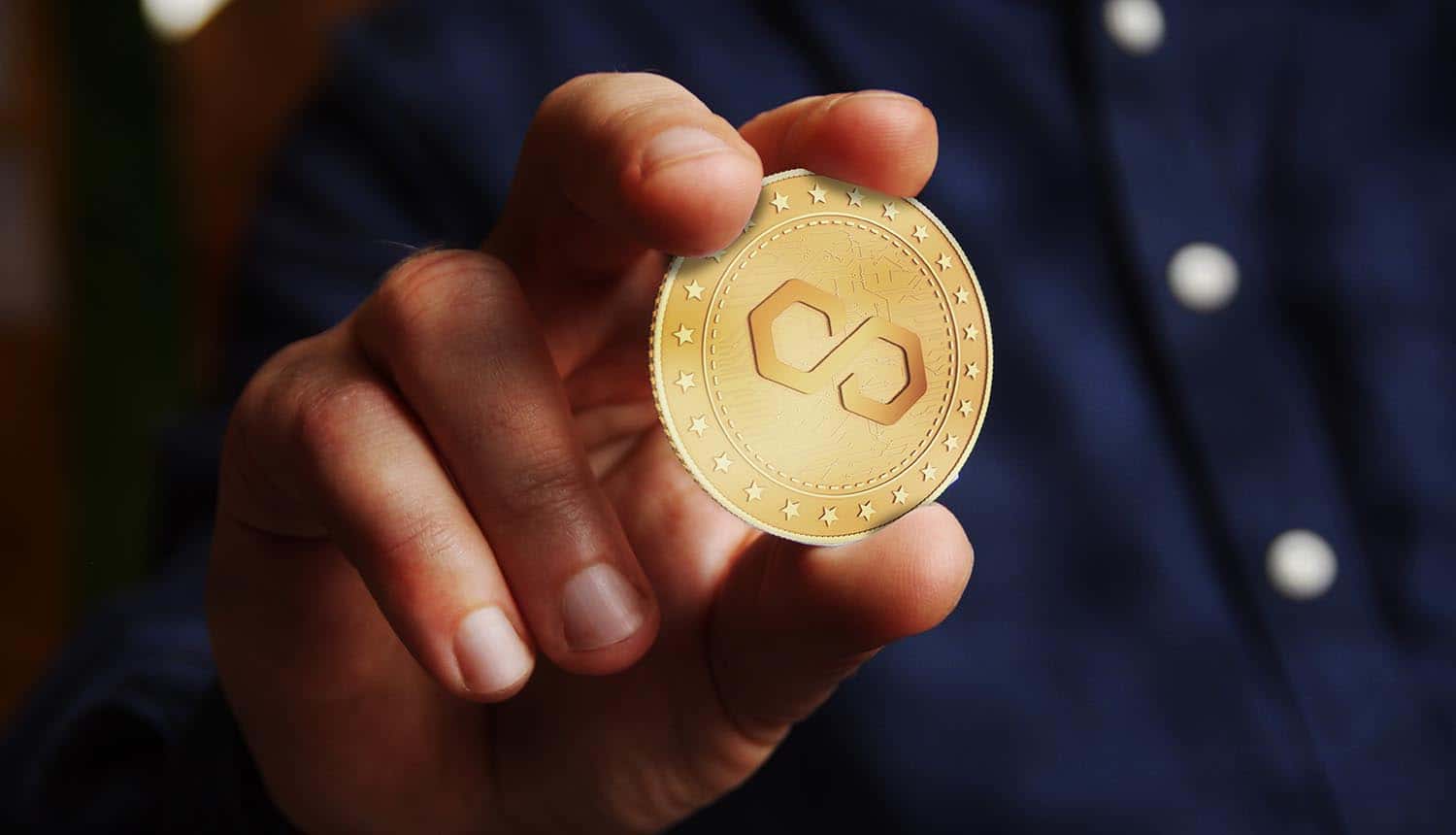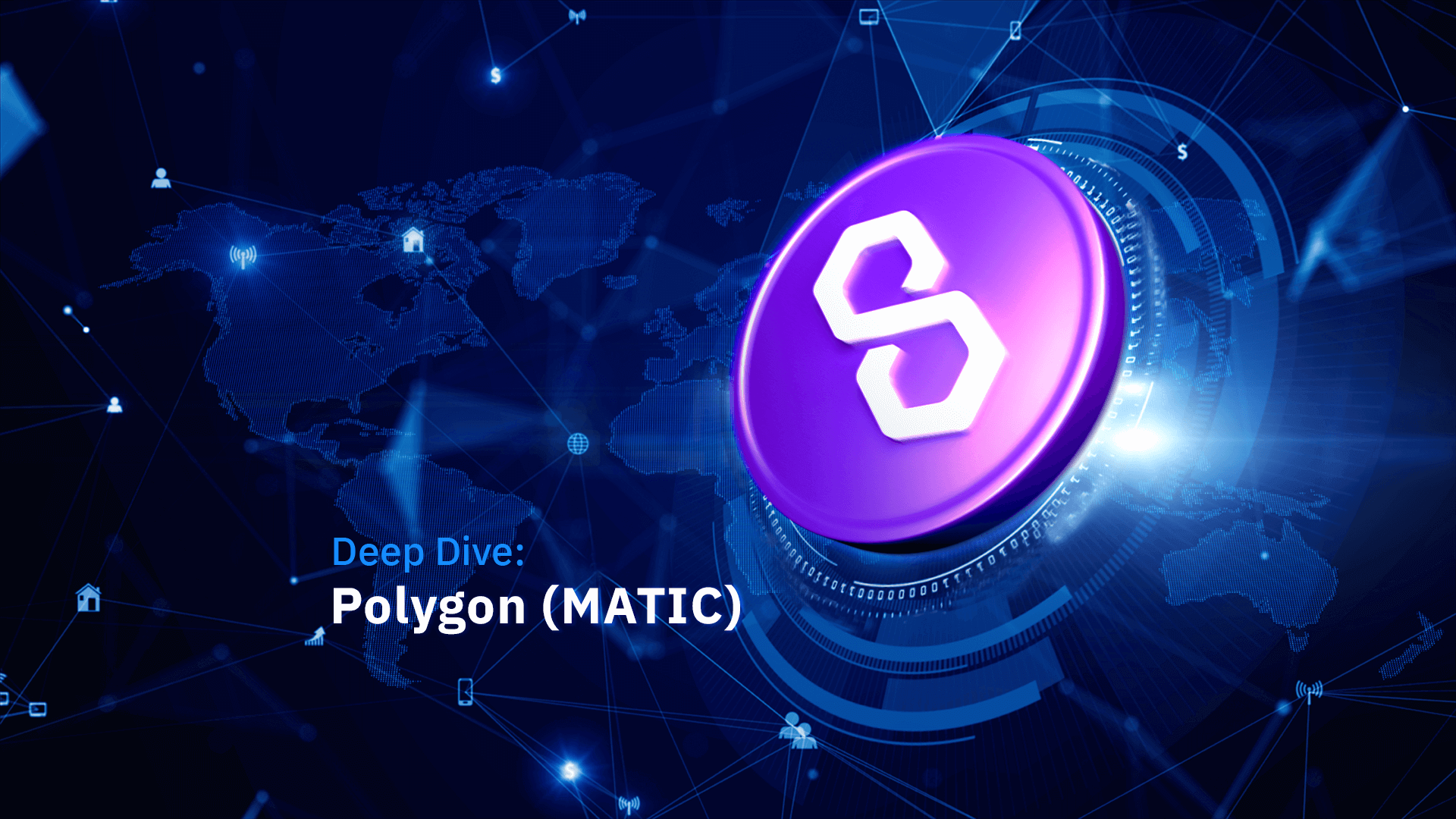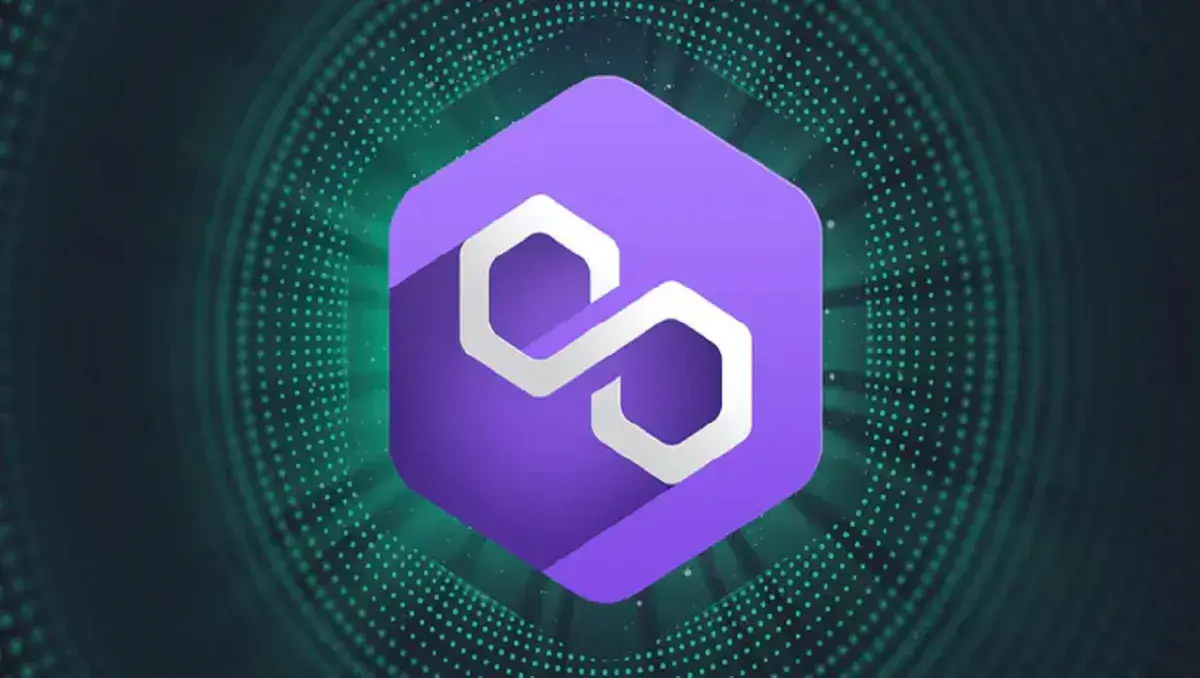Delving into MATIC: The Cryptocurrency Powering the Polygon Network
MATIC, the fuel that propels the Polygon network, has emerged as a prominent player in the ever-evolving realm of cryptocurrencies. This article dives deep into the world of MATIC, exploring its technical aspects, functionalities within the Polygon network, and its potential future trajectory.
Unveiling Polygon: The Ethereum Sidekick
Before delving into MATIC, it’s crucial to understand Polygon, the blockchain network it energizes. Often referred to as a “layer two” solution, Polygon acts as a supplementary network to the Ethereum blockchain. Ethereum, a popular platform for decentralized applications (dApps), has encountered challenges regarding scalability and transaction fees. Polygon addresses these issues by offering faster and cheaper transactions through a network of sidechains that operate alongside the Ethereum mainchain.
Think of Ethereum as a bustling highway, often congested with traffic. Polygon provides alternative, less crowded lanes for transactions to flow smoothly. This enhanced scalability paves the way for wider adoption of dApps on the Ethereum network.
MATIC: The Lifeblood of Polygon
MATIC serves as the native cryptocurrency of the Polygon network. It plays a pivotal role in the network’s operations, acting as the fuel for various functionalities:
-
Transaction Fees: Every transaction occurring on the Polygon network necessitates a fee paid in MATIC. These fees incentivize validators, users who secure the network by verifying transactions.
-
Staking: Users can stake their MATIC tokens to contribute to the network’s security and earn rewards in return. This process involves locking up MATIC tokens for a specific period, essentially putting them to work to validate transactions.
-
Governance: MATIC holders have the power to participate in the governance of the Polygon network. By proposing and voting on changes to the network’s protocol, they actively shape its future development.
-
Gas Fees on Ethereum: While MATIC primarily functions within the Polygon network, it can also be used to pay gas fees on the Ethereum mainchain when interacting with dApps built on Polygon.
MATIC’s Technical Specifications
Understanding MATIC’s technical underpinnings provides a deeper appreciation of its functionality. MATIC is an ERC-20 token, meaning it adheres to a set of standards that enable its interaction with other ERC-20 tokens and applications built on the Ethereum blockchain. This interoperability fosters a more interconnected and functional DeFi (decentralized finance) ecosystem.
MATIC leverages a proof-of-stake (PoS) consensus mechanism. In simpler terms, validators who stake a significant amount of MATIC tokens have more influence in verifying transactions. This mechanism helps secure the network and discourages malicious activity.
The MATIC Ecosystem: A Flourishing Landscape
The Polygon network, powered by MATIC, has cultivated a thriving ecosystem brimming with dApps. These applications encompass a diverse range of sectors, including:
-
Decentralized Finance (DeFi): A plethora of DeFi protocols have found a home on Polygon, offering lending, borrowing, and yield-generating opportunities with significantly lower fees compared to the Ethereum mainchain.
-
Non-Fungible Tokens (NFTs): The NFT space has seen a surge on Polygon, with marketplaces and games leveraging the network’s scalability to facilitate seamless NFT transactions.
-
Gaming: Blockchain-based games are increasingly utilizing Polygon to deliver a smoother user experience with faster in-game transactions.
-
Metaverse Projects: The burgeoning metaverse, a network of interconnected virtual worlds, is seeing projects build on Polygon to create immersive experiences without the constraints of high transaction fees.
This ever-expanding ecosystem fosters a network effect, potentially increasing the demand for MATIC as more users and developers migrate to Polygon.
MATIC’s Price Performance and Future Outlook
MATIC’s price has experienced significant fluctuations since its launch in 2019. However, it has garnered considerable attention in recent years, with its price reaching new highs. Several factors influence MATIC’s price, including:
-
Overall Cryptocurrency Market Trends: The broader cryptocurrency market sentiment significantly impacts MATIC’s value. Bullish trends across the market often lead to price increases for MATIC, while bearish trends can trigger corrections.
-
Adoption and Growth of the Polygon Network: As the Polygon network attracts more users and dApps, the demand for MATIC is likely to rise, potentially pushing its price upwards.
-
Developments within the Polygon Ecosystem: New features, partnerships, and integrations within the Polygon network can generate positive sentiment and influence MATIC’s price.
-
Regulations: Regulatory developments surrounding cryptocurrencies can introduce uncertainty and impact investor sentiment, potentially affecting MATIC’s price.
Predicting the future price of any cryptocurrency is inherently challenging. However, MATIC’s position within the rapidly growing Polygon network suggests its potential for continued growth.
Potential Challenges and Risks
While MATIC’s future appears promising, it’s essential to acknowledge the potential challenges and risks associated with any cryptocurrency investment:
-
Competition: The layer two scaling solution space is competitive, with several other projects vying for dominance. If Polygon fails to keep pace with innovations or encounters technical difficulties, it could impact MATIC’s value.
-
Centralization Concerns: Although Polygon operates on a PoS mechanism, some critics argue that the network’s initial distribution of MATIC tokens concentrated a large portion of control in the hands of the founding team. This centralization could pose a risk if the network’s governance is not sufficiently decentralized.
-
Security Vulnerabilities: As with any blockchain network, Polygon is susceptible to security vulnerabilities. If hackers exploit these vulnerabilities, it could erode investor confidence and negatively impact MATIC’s price.
-
Regulatory Uncertainty: The regulatory landscape surrounding cryptocurrencies remains uncertain. Stringent regulations could stifle innovation and hinder the growth of the Polygon network, potentially affecting MATIC’s value.
Investing in MATIC: Considerations for Users
Before considering MATIC as an investment, users should conduct thorough research and understand the inherent risks involved in cryptocurrency markets. Here are some crucial factors to keep in mind:
-
Investment Goals: Clearly define your investment goals and risk tolerance. MATIC, like any cryptocurrency, is a volatile asset, and its price can fluctuate significantly.
-
Investment Horizon: Are you looking for a short-term or long-term investment? MATIC’s potential for growth might be more suitable for long-term investors who can withstand market volatility.
-
Portfolio Diversification: Don’t put all your eggs in one basket. Consider MATIC as part of a diversified portfolio that includes other asset classes to mitigate risk.
-
Technical Analysis and Fundamental Analysis: While not a guaranteed method for predicting future prices, technical analysis of MATIC’s price charts and fundamental analysis of the Polygon network’s development roadmap can aid informed investment decisions.
Remember, cryptocurrency markets are inherently unpredictable, and past performance is not necessarily indicative of future results.
The Future of MATIC and the Polygon Network
The future of MATIC hinges on the continued growth and adoption of the Polygon network. Here are some key trends that could shape MATIC’s trajectory:
-
Widespread DeFi Adoption: As DeFi continues to gain mainstream traction, Polygon’s scalability and affordability could position MATIC as a go-to token for DeFi transactions.
-
NFT and Metaverse Integration: The integration of Polygon with NFT marketplaces and metaverse projects could significantly elevate demand for MATIC, fueling its growth.
-
Interoperability Advancements: Efforts to enhance interoperability between Polygon and other blockchains could further expand the network’s utility and bolster MATIC’s value.
-
Team Execution and Development Roadmap: The Polygon team’s ability to deliver on its development roadmap and foster a strong developer community will be crucial in attracting new users and dApps to the network, ultimately impacting MATIC’s success.
Staying informed about these trends and developments within the Polygon ecosystem will provide valuable insights for those interested in the future of MATIC.
Conclusion: MATIC – A Promising Player in the Cryptosphere
MATIC has emerged as a compelling force in the cryptocurrency landscape. Its role in powering the Polygon network, a rapidly growing Ethereum scaling solution, positions it to potentially benefit from the expanding DeFi, NFT, and metaverse sectors. While inherent risks and challenges exist, MATIC’s potential for growth cannot be ignored. Through ongoing development, a focus on decentralization, and continuous adaptation to the evolving blockchain landscape, MATIC has the potential to establish itself as a prominent player in the cryptocurrency ecosystem for years to come.







